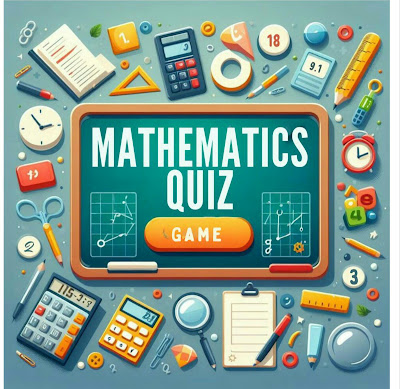Represent as Simplest Fraction
Represent as Simplest Fraction By Mr Agus Salim
Represent as Simplest Fraction
Handout for Grade 8-10 Students
Key Points
- Converting decimals to simplest fractions involves turning terminating decimals (e.g., 0.75) and repeating decimals (e.g., 0.666...) into fractions and simplifying them.
- Terminating decimals are converted by writing them as fractions with denominators as powers of 10, then simplifying.
- Repeating decimals use an algebraic method to eliminate the repeating part.
- Simplifying fractions requires finding the greatest common divisor (GCD) to reduce the fraction to its simplest form.
Converting Terminating Decimals
Terminating decimals, like 0.75, end after a finite number of digits. To convert:
- Write the decimal as a fraction, with the number (without the decimal point) as the numerator and a power of 10 as the denominator. For 0.75, that's \(\frac{75}{100}\).
- Simplify by dividing both numerator and denominator by their GCD. For \(\frac{75}{100}\), divide by 25 to get \(\frac{3}{4}\).
Example Table: Terminating Decimals to Fractions
| Decimal | Step 1: Write as Fraction | Step 2: Simplify (GCD) | Result |
|---|---|---|---|
| 0.75 | \(\frac{75}{100}\) | Divide by 25 | \(\frac{3}{4}\) |
| 0.25 | \(\frac{25}{100}\) | Divide by 25 | \(\frac{1}{4}\) | 0.6 | \(\frac{6}{10}\) | Divide by 2 | \(\frac{3}{5}\) |
Converting Repeating Decimals
Repeating decimals, like \(0.\overline{6}\), have digits that repeat forever. To convert:
- Let \(x\) be the decimal, multiply by a power of 10 to shift past the repeating part, subtract the original \(x\) to eliminate the repeat, and solve for \(x\).
- For \(0.\overline{6}\), \(10x = 6.\overline{6}\), subtract \(x = 0.\overline{6}\), so \(9x = 6\), and \(x = \frac{6}{9} = \frac{2}{3}\).
- Simplify the resulting fraction using the GCD.
Example Table: Repeating Decimals to Fractions
| Decimal | Step 1: Let \(x =\) | Step 2: Multiply by 10 | Step 3: Subtract | Step 4: Solve and Simplify | Result |
|---|---|---|---|---|---|
| \(0.\overline{6}\) | \(x = 0.\overline{6}\) | \(10x = 6.\overline{6}\) | \(9x = 6\) | \(x = \frac{6}{9} = \frac{2}{3}\) | \(\frac{2}{3}\) |
| \(0.0\overline{35}\) | \(x = 0.0\overline{35}\) | \(10x = 0.\overline{35}\), \(100x = 35.\overline{35}\) | \(90x = 35\) | \(x = \frac{35}{90} = \frac{7}{18}\) | \(\frac{7}{18}\) |
Simplifying Fractions
To simplify, find the GCD of the numerator and denominator, then divide both by it. For \(\frac{12}{18}\), GCD is 6, so \(\frac{12 \div 6}{18 \div 6} = \frac{2}{3}\).
Mixed Practice and Relation to the Quiz
The quiz you will take includes both terminating and repeating decimals. You must convert them to their simplest fraction form. If your answer is not in the simplest form, it will be marked incorrect, and the correct answer will be shown.
Practice problems: Convert the following to simplest fractions:
- 0.4
- \(0.\overline{3}\)
- 1.8
- \(0.2\overline{5}\)
- 0.625
Conclusion
This note provides a clear method for converting decimals to simplest fractions, preparing you for the quiz. Remember to always simplify your fractions to their lowest terms.



